Taleggio Cheese – One of the Best “Value” Cheeses Ever
Taleggio is one of the best-kept secrets in the cheese world—a rich, flavorful washed rind cheese that delivers big character at a surprisingly affordable price. Hailing from the Lombardy region of northern Italy, Taleggio has been made for centuries in the caves of Val Taleggio, where its pungent rind and buttery interior developed their signature appeal.
Despite its bold aroma, Taleggio offers a mild, fruity flavor with subtle tang and a creamy, melt-in-your-mouth texture that appeals to both newcomers and seasoned cheese lovers.
What makes Taleggio truly stand out is its value. It brings the complexity of much pricier cheeses—think Époisses or Reblochon—but at a fraction of the cost.
Its versatility in the kitchen adds even more to its appeal. Whether melted into risotto, layered on a grilled sandwich, folded into polenta, or simply served with crusty bread and a drizzle of honey, Taleggio delivers elegance without extravagance. Its square shape, rosy rind, and soft yellow interior also make a striking addition to any cheese board.
If you’re looking to impress without breaking the bank, Taleggio is the cheese to reach for. It proves that great taste and culinary sophistication don’t have to come with a premium price tag.
Taleggio Cheese – The Short of It
| Characteristic | Details |
| Milk Source | Cow’s milk |
| Texture | Semi-soft, creamy near the rind and firmer in the center |
| Aging | 35 to 40 days |
| Flavor | Mellow, fruity, tangy, with a savory umami finish |
| Aroma | Strong, yeasty, and pungent—contrasts with its mild flavor |
| Rind | Washed rind, thin, sticky, and pinkish-orange with some white bloom |
| Interior | Pale straw-colored, supple and creamy |
| Size | Square wheel, ~2 kg (4.4 lbs), 20 cm x 20 cm and ~7 cm high |
| Versatility | Very versatile—melts beautifully and works in sweet or savory dishes |
| Region | Lombardy, Italy (Val Taleggio, Bergamo, Lecco provinces) |
| AOC/Protected Status | DOP (Denominazione di Origine Protetta) since 1996 |
| Milk Treatment | Pasteurized or raw, depending on producer |
| Coagulation Type | Rennet coagulation |
| Shape | Square |
| Color (Interior/Rind) | Interior: ivory to pale yellow; Rind: pinkish-orange with mold patches |
| Shelf Life | Moderate; up to several weeks if kept cool and wrapped properly |
| Serving Temperature | Room temperature for flavor; melts well when gently heated |
| Traditional Season | Historically fall and winter, but now made year-round |
| Diet of Cows | Grass and hay from alpine or lowland pastures |
| Culinary Uses | Polenta topping, risotto, melted on crostini, folded into pasta or omelets |
How to Serve or Cook With Taleggio
Use | Example Dish | Wine Pairing |
| Melted on bread | Taleggio and caramelized onion tartine | Barbera or a light Pinot Noir |
| In risotto | Taleggio and mushroom risotto | Nebbiolo or a dry Chardonnay |
| In pasta dishes | Creamy Taleggio and pancetta rigatoni | Soave or Vermentino |
| In grilled cheese | Taleggio and prosciutto grilled sandwich | Dolcetto or Lambrusco |
| On pizza or flatbread | Taleggio, fig, and arugula flatbread | Chianti or a dry rosé |
| In polenta | Soft polenta with Taleggio and roasted garlic | Gattinara or a buttery white Burgundy |
| On a cheeseboard | Served with pears, walnuts, and honey | Moscato d’Asti or Riesling |
| Stuffed in chicken or veal | Chicken stuffed with Taleggio and herbs | Sauvignon Blanc or a northern Italian red |
| Folded into scrambled eggs | Taleggio scrambled eggs with chives | Sparkling wine like Franciacorta |
| As a creamy sauce | Taleggio sauce over grilled vegetables | Arneis or a crisp white blend |
A Little Taleggio Cheese History
There is a town in Italy in the Lombardia area called Val Taleggio and that’s how Taleggio got its name. Production eventually spread out to other towns in the Po Valley.
Its history goes way back. Some say the tenth or eleventh century but back then it was called “stracchino” way before it was called Taleggio.
Stracchino can be translated to mean tired or exhausted and relates to how the milk cows must have felt after the long journey from the mountain pastures to the plains where they were milked. From what I read, the milk after the journey was only used for cheese. The name stracchino was used for any “soft, square-shaped cheeses” from the Lombardy region.
In 1955, the Taleggio cheese-makers received some protection by creating a controlling body to define the method for making this cheese.
In 1988 Taleggio was granted a Presidential Decree that put it in the same status as Parmiggiano Reggiano and Gorgonzola. Then in 1996, it received even more protection when it obtained P.D.O. (Protected Designation of Origin) status.
Washed Rind Basics
“Washed rind” is a way to describe cheeses that have their exteriors washed with mildly salted water to help attract bacteria essential for developing the moist rinds with their distinctive reddish color and wonderful pungent smell.
There are high moisture content washed rind cheeses like Taleggio and Epoisse that get broken down by the bacteria with age and become creamier over time. When they are perfectly ripe, the soft interior will actually ooze but remember they also get “slinkier” with all that oozing.
Other washed rind cheeses that start with lower moisture content like Gruyère or Appenzeller actually become firmer and drier as they age.

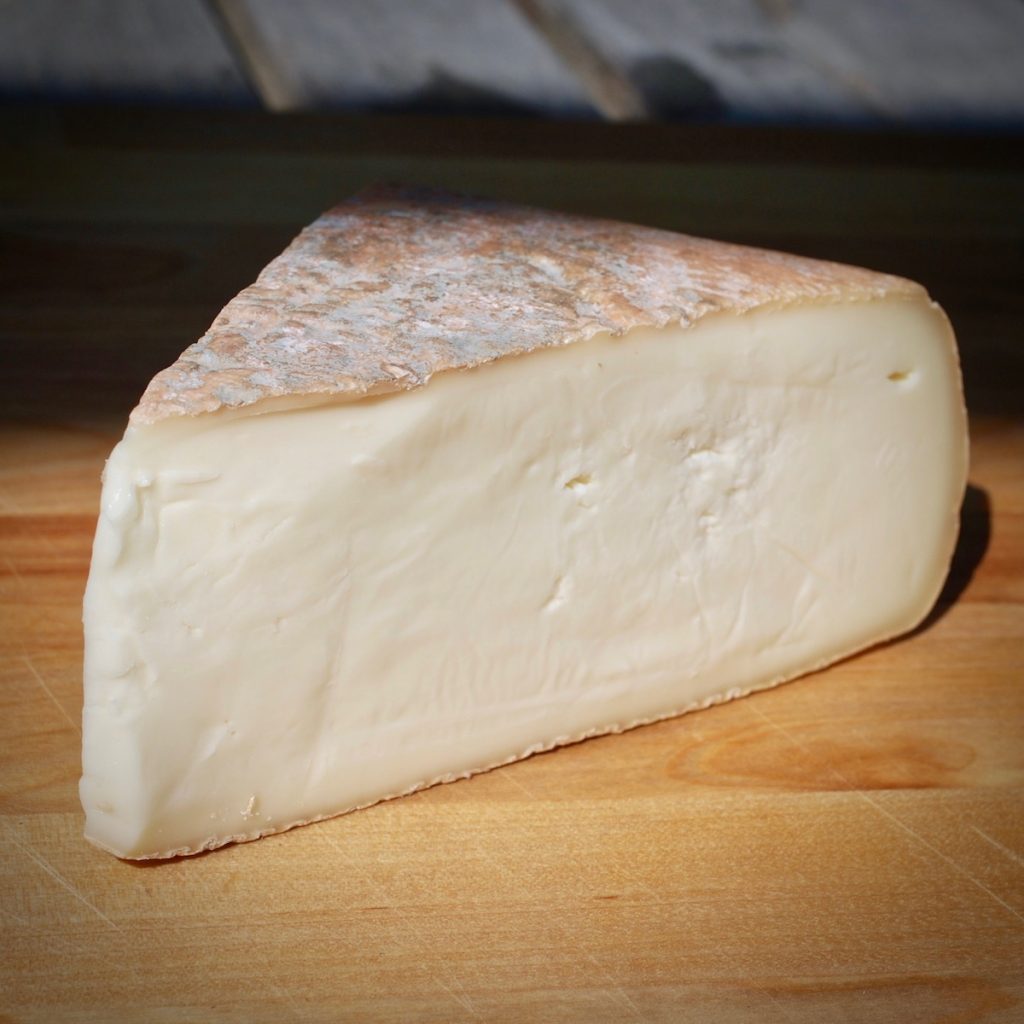
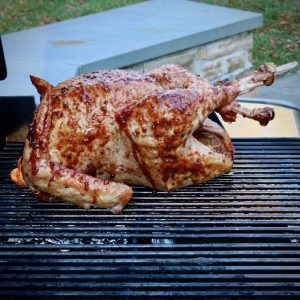
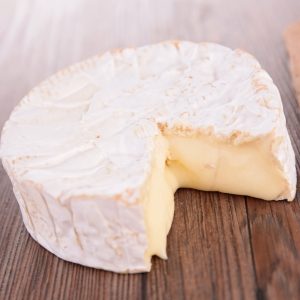
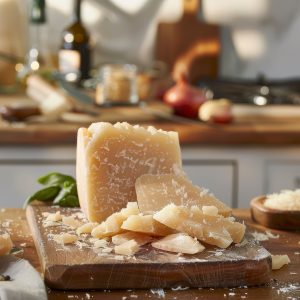
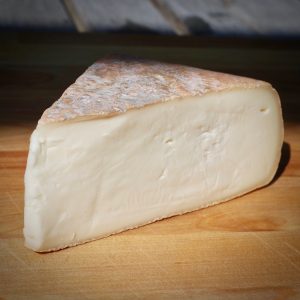
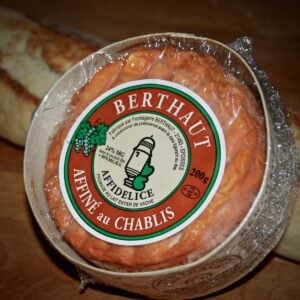
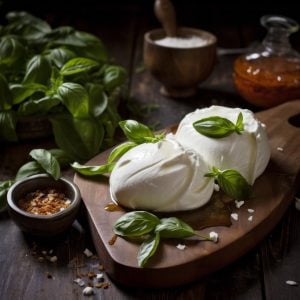
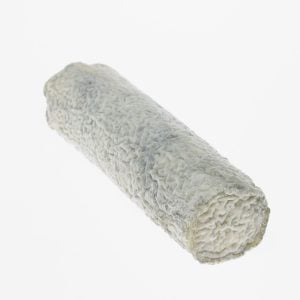
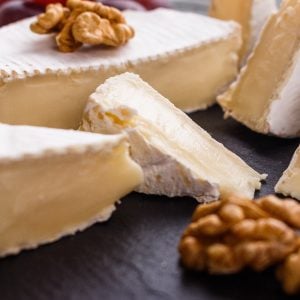
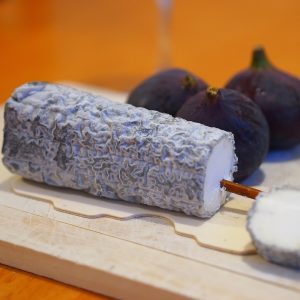


4 Responses
I used to work in a cheese shop and had to try all the cheeses. I don’t remember taleggio tasting bad but I do remember the allergic reaction that I had to the rind. Is there any way to find out what is on the rind? I would sure hate for this reaction to happen with other cheeses.
It’s washed with seawater.
From the article: “washed with mildly salted water to help attract bacteria essential for developing the moist rind”. Perhaps you are allergic to all “stinky” cheeses, or to just their rinds.
Can you tell me what species of cows product the milk going
into this cheese? I cannot eat American cheeses, because
it is derived primarily from milk from Holstein cows, and which
carry an antibody to which I am sensitive.
I am told that Italian cows are of a different species, and
may not carry that antibody (IgE). Can you tell me whether
the cows producing your cheese are Holsteins, Jerseys, or another?
Thank you.